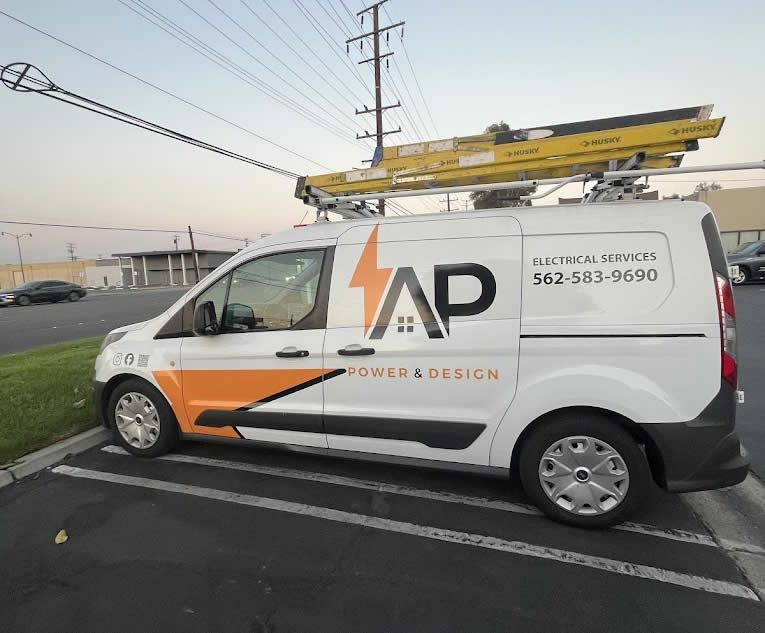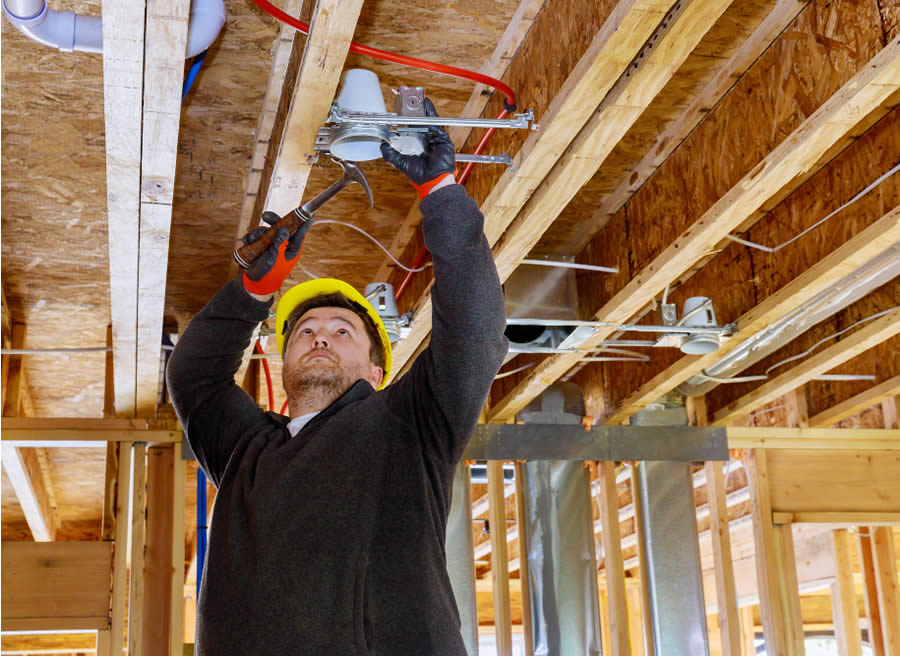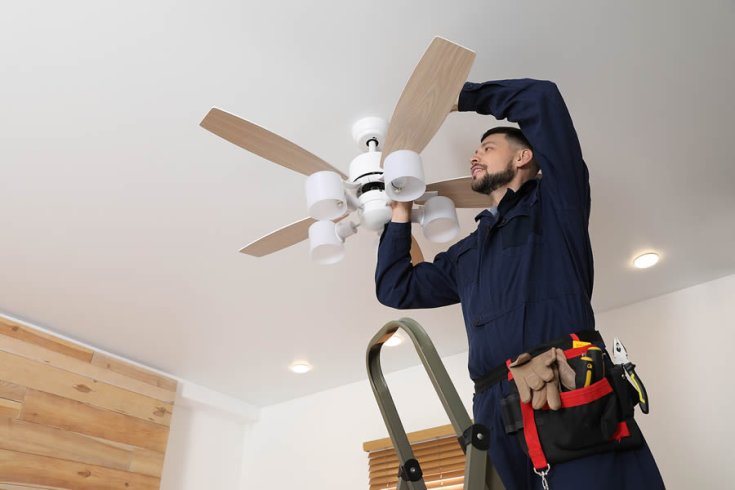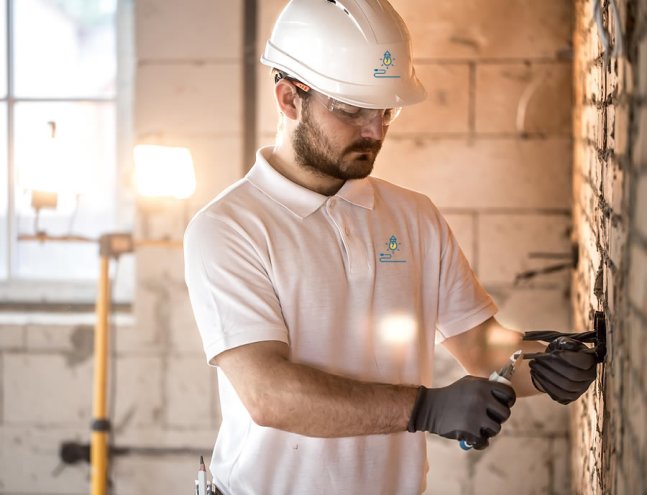Menu
- Home
- Electrical Services
- Backup Generator Installation
- Bathroom & Kitchen Lighting
- Ceiling Fan Replacement
- Circuit Breaker Replacement
- Electrical Inspection
- Electrical Outlet Replacement
- Electrical Panel Replacement
- Electrical Repair
- Electrical Wiring & Upgrade
- EV Charger Installation
- Landscape Lighting
- Lighting Installation
- Smart Doorbell Ring Installation
- Smart Home System Installation
- Smoke Detector Replacement
- Solar Panel Installation
- Surge Protection Installation
- Commercial Service
- Access Control System Wiring
- Audio-Visual System Setup
- Commercial Electrical Service
- Commercial Lighting Installation
- Data & Communication Cabling
- Energy-Efficient Lighting Retrofits
- Fire Alarm System Installation
- Generator Installation
- Industrial Lighting Solutions
- Office & Retail Store Power Distribution
- Security System Installation
- About Us
- Reviews
- Coupons
- Service Areas
- Agoura Hills, CA
- Alhambra, CA
- Altadena, CA
- Arcadia, CA
- Azusa, CA
- Beverly Hills, CA
- Burbank, CA
- Burbank, CA
- Calabasas, CA
- Carson, CA
- Cerritos, CA
- Claremont, CA
- Compton, CA
- Culver City, CA
- Downey, CA
- El Monte, CA
- El Segundo, CA
- Gardena, CA
- Glendale, CA
- Glendora, CA
- Hawthorne, CA
- Hermosa Beach, CA
- Hollywood, CA
- Inglewood, CA
- La Cañada Flintridge, CA
- La Mirada, CA
- Lancaster, CA
- Long Beach, CA
- Los Angeles, CA
- Malibu, CA
- Manhattan Beach, CA
- Marina del Rey, CA
- Monrovia, CA
- Norwalk, CA
- Palmdale, CA
- Pasadena, CA
- Pomona, CA
- Redondo Beach, CA
- San Fernando, CA
- San Gabriel, CA
- Santa Clarita, CA
- Santa Monica, CA
- Topanga, CA
- Torrance, CA
- Universal City, CA
- West Covina, CA
- Whittier, CA
- Blog
- FAQ
- Contact us
Call this Tuesday
to Get $35 OFF
Residential & Commercial
Electrical Services





